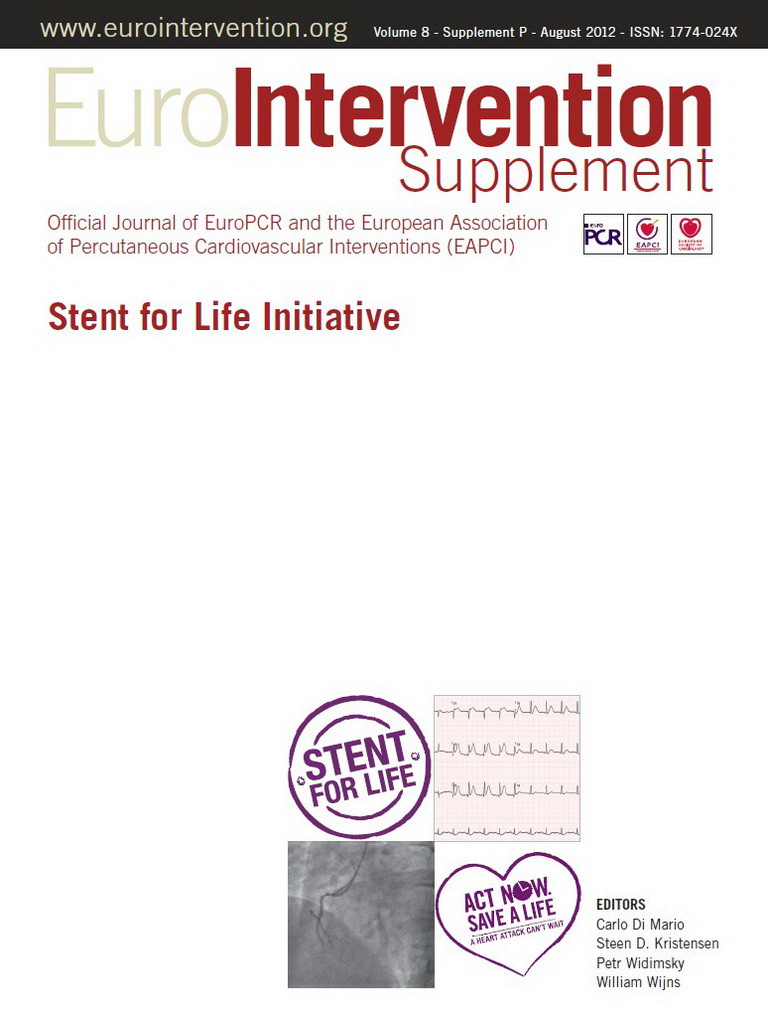Geoffrey Hartzler began his career as an electrophysiologist at the Mayo Clinic in 1974. In 1980 he moved to Kansas City where he established one of the most advanced PTCA programmes in the United States. He was the first interventionalist who challenged Andreas Gruentzig by extending the indications of balloon angioplasty into multivessel disease, chronic total occlusion and acute myocardial infarction, opening the door to primary PCI. The style of Geoffrey Hartzler was unique and provocative, questioning the value of measuring final gradients across stenosis in order to evaluate PTCA results and favouring angiographic assessment. This led to the development of an array of ultra-low profile balloon systems including fixed balloon catheters that, while unsuited to measure gradients, were able to be negotiated in vessels and to lesions at that time considered unapproachable. This unconventional practice generated vivid critiques that did not hamper the progress of his clinical contribution.
Geoffrey Hartzler was the first to establish an active primary PCI programme in Kansas City. He was the first to have the intuition that a mechanical treatment was the most effective tool to open acutely occluded vessels during myocardial infarction. At that time, thrombolytic therapy was emerging as the new treatment for myocardial infarction, and intracoronary thrombolysis, with the possibility of adjunctive mechanical disruption of the thrombus with a wire, was the most active interventional approach promoted. Primary angioplasty was born and in the initial publication of his experience1 he reported results in 78 out of his first consecutive 1,000 PTCA procedures, performed mainly in the setting of acute myocardial infarction without previous or concomitant streptokinase infusion.
Beyond direct patient care, Geoff Hartzler established a series of teaching courses with live transmissions and recorded cases which contributed to the education of interventional cardiologists throughout the world. The recorded cases were the ideal and unique way to teach primary angioplasty, which obviously is difficult to be programmed in the schedule of a predetermined meeting. A well-established tradition in his Kansas City group was to give a three-day intensive course in Hawaii with no invited faculty, no formal lectures and only a large series of recorded cases lively commented on by Geoffrey Hartzler and his associates. I have vivid memories of some of these challenging cases at a time when aspirin and heparin were the only possible pharmacological adjuvant therapy.
The devotion of Geoffrey Hartzler to direct patient care and frontline teaching along with his absolute faith in the self-evident merit of the results achieved were an obstacle to his entering the academic arena and designing studies comparing primary angioplasty with thrombolytic therapy. We had to wait until a decade later for the studies of Zijlstra et al and Grines et al in order to see large prospective studies convincingly demonstrating that primary angioplasty was superior to thrombolysis.
Severe spine injury prevented Geoff Hartzler from continuing to practice in the mid-90s, long before his premature death on March 10, 2012. Still his 15 years of innovative work ensured him an enduring legacy. William O’Neill, the last author of the US randomised study PAM I in primary angioplasty, openly admitted that the three weeks he spent watching procedures in Kansas City greatly inspired him to work in this direction. Interventional cardiology would not have reached our current level of achievement today without the effort and the vision of Geoffrey Hartzler.
Reference

